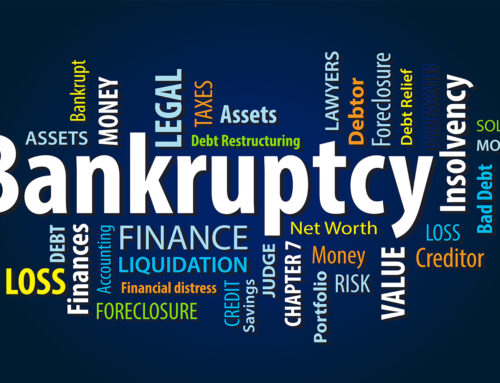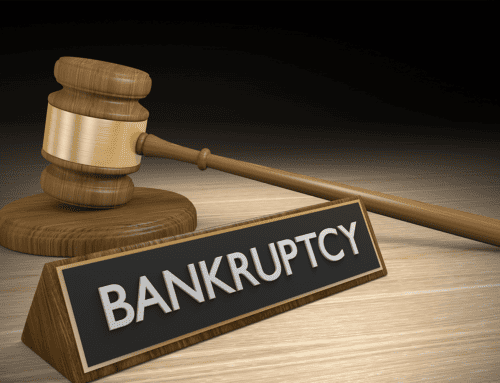2020 has been so hard on numerous industries in the US market that business owners would prefer to be stung by a swarm of murder hornets rather than try to continue to stay afloat, only to drown slowly in rising financial waters. It has been a rough year. Just how rough, you ask? We’ll explain the year-to-date bankruptcies and store closures that have occurred so far and let you know what experts are projecting through the end of the year. Why talk about business bankruptcy? Because it all moves downstream. Understanding the flow, or lack thereof, of market liquidity affects all of us.
Year Over Year Comparison
The pandemic has caused bankruptcies and closures of small mom-and-pop shops and large multinational corporations in several industries, including retail, hospitality and travel, and even the energy sector. The numbers in 2020 compared to 2019 in the retail market are expected to be far worse, and 2019 was not a good year for retail. A simple drive through town is generally all it takes to witness firsthand the empty storefronts and close-out signage, especially in the malls, which have borne the brunt of more than 50 percent of all store closures.
2019 was bad enough for retail as a record 9,500 store closures occurred, which was nearly 55 percent higher than in 2018. If you think that’s bad, Coresight Research, a global market research firm, estimates that as many as 25,000 retailers could go out of business for good in 2020 in a recently published report. So far, numbers are trending upward as over 6,600 retailers have already closed.
Big Fish, Little Fish
You’ve probably already heard the mention of several well-known brands who have been negatively impacted by COVID. Businesses such as Hertz, Neiman Marcus, JC Penney, Brooks Brothers, Men’s Warehouse, and J. Crew are all on the list. Subsidiary stores owned by Ascena, including Justice, Ann Taylor, Lane Bryant, Loft, and others, are closing massive stores as part of their parent company’s bankruptcy filing. Many were trying to hold on to life preservers after the country came to a standstill in March of this year and weren’t able to sustain through a second uptick and lingering lull in revenue, especially those with significant debt.
Many businesses tried to take advantage of the Personal Payroll Protection plan offered by the government to help cover the gap, but there was only so much to go around. Some took out loans trying to ride out the storm only to find that the storm has yet to dissipate, which leaves them in a wrong financial position with little revenue, and no one willing to extend additional credit.
As many well-known brands have filed for reorganization or liquidation, thousands more smaller, local businesses have done the same. The bankruptcy numbers, of course, don’t account for those who permanently closed their doors without pursuing protection from the court. For those who have filed bankruptcy, RetailDive has created a dedicated page to capture a running tally.
Variety of Industries Impacted
It’s not only the retail industry that has taken a substantial hit this year due mainly to COVID. The U.S. Census Bureau reports that the restaurant industry has lost more than any other trade with losses of more than $120 billion in the first three months alone of the pandemic. Take-out orders and specials can only go so far.
Bars, movie theaters, and concert venues have arguably been hit the hardest as many of them have not yet been allowed to reopen at all. ABC News illustrates how many bars and clubs have closed since March 1st using data from Yelp, and compared to industry size; they have been dealt a staggering blow.
Meanwhile, the Council on Foundations anticipates the possible closure of up to 22,000 nonprofits in 2020, and the travel and hospitality industry remains a huge question.
The Good News
On the bright side, pizza shops are faring well and mortgage rates are just below three percent so now is a good time to buy or refinance and spend time at home, eating pizza and streaming movies. Be patient. This, too, shall pass.






